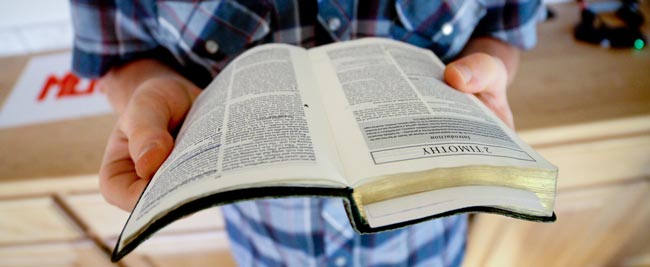Reading in public
It’s time to wrap up this opening section of the series, looking at how the practice of public reading has shaped the content and collection of these sacred writings into the bible.
This short, potted history of how we got the bible is, over and over again, a story of which books Christians read in public worship. Reading – public reading as part of meeting together for worship – is fundamental to being Christian. It is not, obviously, the only way we encounter the bible, even in worship. A huge amount of the words worshippers say to or about God are also taken, in one way or another, from the pages of the same scriptures.
The Christian practice of public reading is relational more than it is informational. Reading is not the only thing that happens. It is one element, one very important element, of public worship, but it happens surrounded by a framework of prayer and praise, confession and thanksgiving. It is primarily intended to help us listen, so that people might engage together in meeting God in worship, and in some sense hear God’s word, and encounter God’s presence.
That will not necessarily be clear or simple, as the liturgy leads us (for example) from listening to prayer to communion. It may require extra help from the sermon. But it helps greatly if the church recognises how important the task of reading is.
This importance is signalled by the seriousness with which those who read it approach their task. Those of us who read scripture in public worship are being given a privilege and a responsibility, not simply filling a slot on a rota. We are being called to enable others to hear with understanding. We are invited to help them, as through the liturgy they, and we, encounter God’s presence.
When we get to the final (and longest) section of the series, I will explore the content of the different scriptural books. In terms of the analogy I’m using here, the software: what we actually read in church. Think of it as an orientation to the different texts you might be asked to read. I will give particularly weighting to those books which crop up repeatedly in the lectionary, spend a correspondingly shorter time on those which are rarely read in public worship. More than anything else on this blog it will be a reference section, to which I hope you will return whenever it’s relevant.
The next section, however, will look at that intermediate stage, the firmware, in my metaphor, that organises the interface between hardware and software. Among other things, I shall explore the seasons of the year, the pattern of readings, and the mysteries of the lectionary. But it will not just be a liturgical trainspotters’ journey. I also want to look at practical hints and tips for the practice of reading. In sum, what are the practices that help you read well, so that others may understand.





Comments
Post a Comment